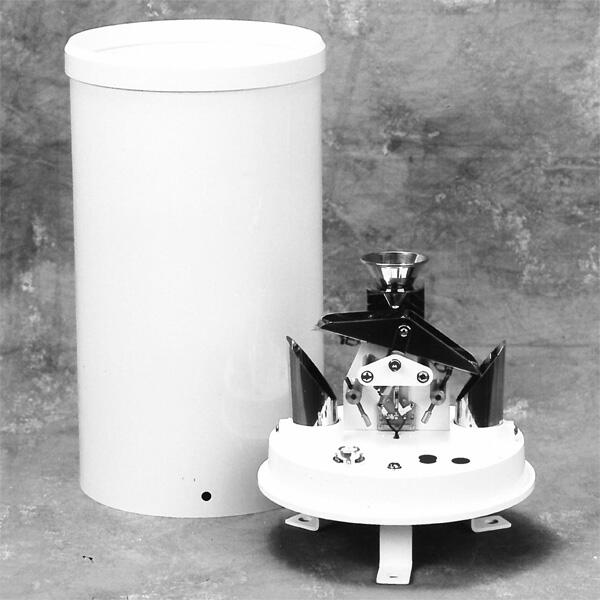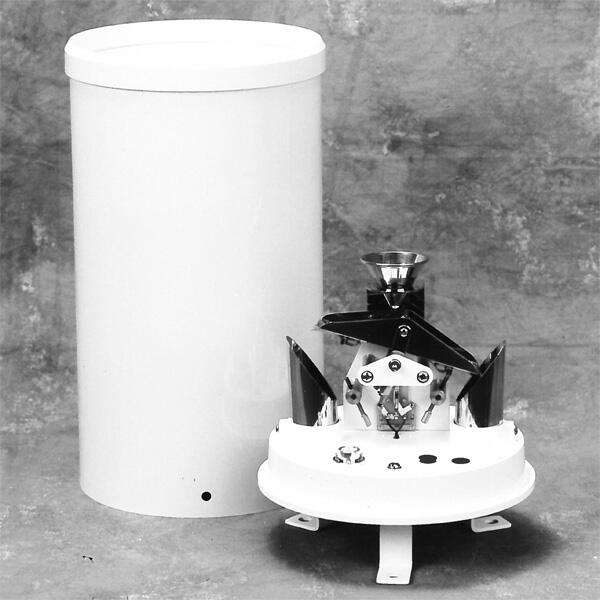
Rain Gauge Description: Types, Features, and Applications

# Rain Gauge Description: Types, Features, and Applications
A rain gauge is an essential meteorological instrument used to measure the amount of liquid precipitation over a specific period. It plays a crucial role in weather forecasting, agriculture, hydrology, and climate studies. This article provides an overview of the types, features, and applications of rain gauges.
## Types of Rain Gauges
Rain gauges come in various designs, each suited for specific purposes. Below are the most common types:
### 1. Standard Rain Gauge
The standard rain gauge, also known as the manual rain gauge, consists of a cylindrical container with a funnel at the top. It collects rainwater, which is then measured using a graduated cylinder. This type is widely used due to its simplicity and accuracy.
### 2. Tipping Bucket Rain Gauge
The tipping bucket rain gauge is an automated device that uses a small bucket mechanism to measure rainfall. When a certain amount of water fills one bucket, it tips, and the other bucket takes its place. Each tip corresponds to a specific volume of rainfall, which is recorded electronically.
### 3. Weighing Rain Gauge
A weighing rain gauge measures precipitation by weighing the collected water. It is highly accurate and can record both liquid and solid precipitation, such as snow. This type is often used in research and advanced meteorological studies.
### 4. Optical Rain Gauge
Optical rain gauges use light beams to detect and measure rainfall. When raindrops pass through the beam, they scatter the light, and the device calculates the intensity and volume of precipitation. This type is ideal for remote or automated weather stations.
## Features of Rain Gauges
Rain gauges are designed with specific features to ensure accurate and reliable measurements. Some key features include:
– **Durability**: Rain gauges are often made from weather-resistant materials like plastic, metal, or glass to withstand harsh environmental conditions.
– **Precision**: High-quality rain gauges provide precise measurements, often down to fractions of a millimeter.
– **Ease of Use**: Many rain gauges are designed for simple installation and maintenance, making them accessible for both professionals and hobbyists.
– **Data Recording**: Advanced models come with digital displays or connectivity options to log and transmit data automatically.
## Applications of Rain Gauges
Rain gauges are used in a variety of fields, including:
### 1. Weather Forecasting
Meteorologists rely on rain gauges to collect data for weather predictions. Accurate rainfall measurements help in understanding weather patterns and issuing timely warnings for severe conditions.
### 2. Agriculture
Farmers use rain gauges to monitor precipitation levels and plan irrigation schedules. This ensures optimal water usage and improves crop yields.
### 3. Hydrology
Hydrologists study water distribution and movement using rain gauge data. This information is critical for managing water resources, predicting floods, and designing drainage systems.
### 4. Climate Research
Rain gauges contribute to long-term climate studies by providing historical rainfall data. This helps scientists analyze trends and assess the impact of climate change.
In conclusion, rain gauges are indispensable tools for measuring precipitation. With various types and features available, they cater to diverse applications, from weather forecasting to climate research. Understanding their functionality and uses can help individuals and organizations make informed decisions based on accurate rainfall data.
Keyword: rain gauge description